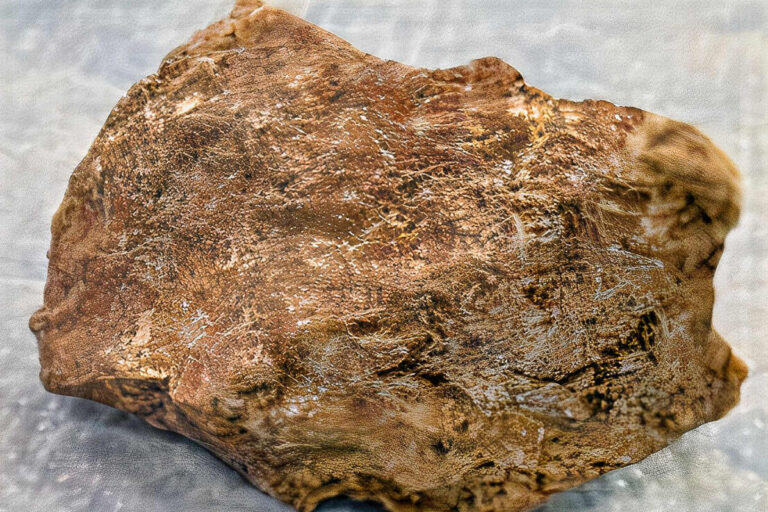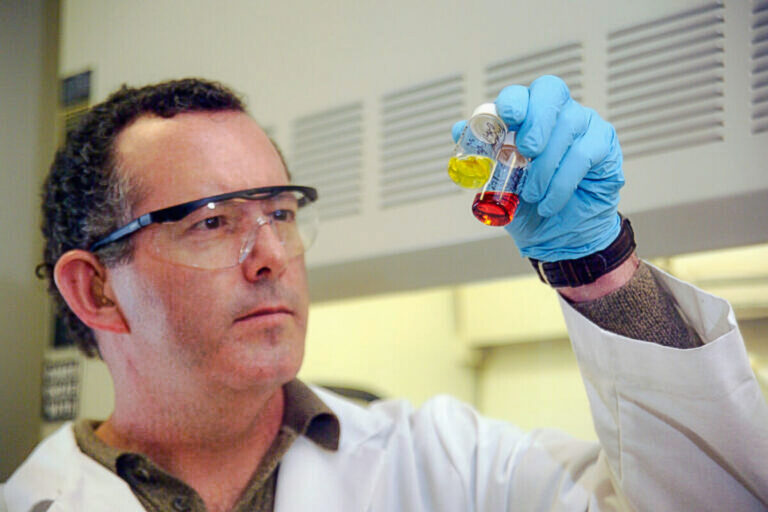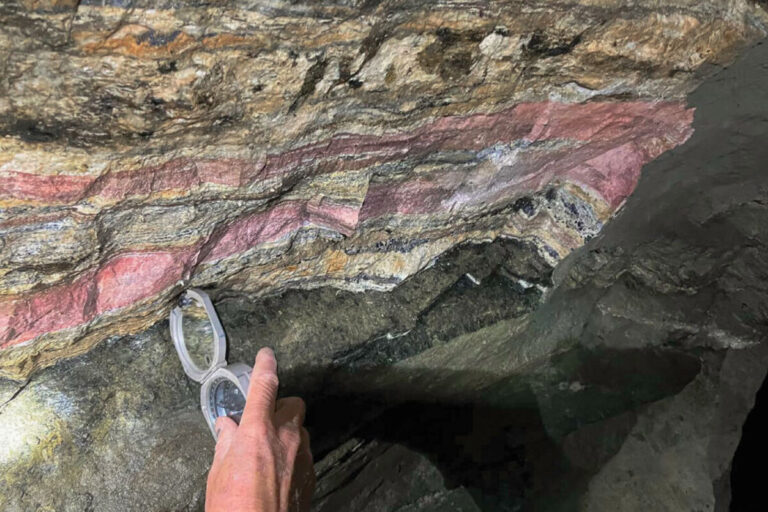Idaho National Lab tests Sheep Creek samples; one rock from Montana project contains 17.8% rare earths and 350 ppm* gallium.
Recent analysis by Idaho National Laboratories confirms that US Critical Materials Corp.’s Sheep Creek project in southwestern Montana hosts extremely high concentrations of gallium alongside the high-grade rare earth elements found there.
“The gallium and rare earth grades, calculated and verified by Idaho National Laboratory, are higher than any that we are aware of in the United States,” US Critical Materials President Jim Hedrick said upon receiving a report detailing the national lab’s analysis of several samples collected from Sheep Creek.
Both rare earths and gallium are highly critical to America’s high-tech sector, as well as the nation’s overall economic well-being and security.
The suite of 15 rare earth elements lend their extraordinary properties to a broad range of high-tech applications, including electric vehicles, wind turbines, and military hardware.
Gallium is an important ingredient for semiconductors used in 5G communication technologies, smartphones, satellite systems, solar energy, and next-generation defense systems.
During 2023, the U.S. relied on imports for 95% of its rare earths and 100% of its gallium, according to the U.S. Geological Survey.
China, which dominates the global supply of both, has put in place state-controlled restrictions on its gallium exports and has previously used its rare earth monopoly as a geopolitical and economic tool.
According to the 2024 edition of USGS’s annual Mineral Commodity Summaries, China is the world’s top producer of at least 29 of the 50 minerals deemed critical to the U.S.
“Despite a great deal of rhetoric around supply chain security, China continues to be our top source of the minerals needed by our economy and these numbers show very little movement to get us back on competitive and secure footing,” National Mining Association President and CEO Rich Nolan said.
Extraordinary rare earths, gallium
Recent analysis carried out at Idaho National Lab highlights Sheep Creek’s potential as an extraordinarily high-grade domestic source of both rare earth and gallium.
Highlights from the samples analyzed by Idaho National Lab include:
- 13.45% total rare earth elements (TREE) and approximately 250 parts per million* gallium in sample SH-1.
- 13.82% TREE and approximately 300 ppm* gallium in sample SH-6d.
- 17.78% TREE and approximately 350 ppm* gallium in sample SH-7.
*See editor’s note at end of article.
The nine Sheep Creek rock samples analyzed by Idaho National Lab averaged 8.48% TREE and 451.8 ppm* gallium. These samples were collected over a two-mile-long area of the Sheep Creek property.
“We have confirmed that Sheep Creek is the highest-grade rare earth deposit in the United States, with a multibillion-dollar resource value,” said Hedrick, who served as a rare earth commodity specialist at the USGS and former U.S. Bureau of Mines for three decades. “Over the course of my 30-year career evaluating properties for the U.S. government, I have never encountered a deposit with the high rare earth and gallium grades being generated at Sheep Creek.”
In addition to the rare earths and gallium currently being evaluated, the southwestern Montana project hosts niobium, scandium, strontium, and other minerals critical to the U.S.
Developing processing tech
U.S. Critical Materials work with Idaho National Lab is less about evaluating the quantities of rare earths and gallium, which had previously been quantified by another lab, and more about developing a process to separate and extract the rare earths and 11 other critical minerals found at Sheep Creek.
Late last year, the critical materials exploration company and national lab entered into a cooperative research and development agreement (CRADA) focused on developing a technology to recover and separate the rare earths, gallium, and other critical minerals found at Sheep Creek efficiently and sustainably.
The U.S. has very little commercial rare earth processing capabilities,” said Hedrick. “This research agreement, and the tech that will be developed, will help advance U.S. rare earth processing proficiency.”
Idaho National Lab, which has been involved with rare earth separation since the dawn of the nuclear age, brings more than six decades of expertise to bring to the table.
“Our latest separations technologies target the energy critical materials and span the entire supply chain from mining to recycle/recovery,” Robert Fox, materials separation and analyses department manager at Idaho National Laboratory, told Metal Tech News in an email. “Our CRADA with US Critical Materials allows us to continue to develop our prowess and to expand our technological solutions to solve rare earth element challenges.”
The Sheep Creek sample analysis that turned up the high-grade rare earth and gallium values was part of the analysis being carried out at the national lab.
The more important part of this preliminary analysis, when it comes to developing processing and separation technology, is gaining a better understanding of the mineralization to determine the best way to extract the critical minerals.
Moving forward, the research team at Idaho National Lab will further characterize the rare earths- and gallium-bearing minerals ahead of designing and testing a method of extracting these highly critical elements.
“Not only is our gallium high grade, but we are also confident that working together with Idaho National Laboratory, we will be able to create a proprietary separation process that will be environmentally respectful,” said Hedrick.
*EDITOR’S NOTE: This article was updated to restate the 925.2, 957.4, and 1074.6 ppm gallium concentrations originally reported. These high gallium concentrations are from one test and are being re-evaluated by Idaho National Laboratory due to potential interference from other element(s). Other testing methodologies returned grades of between 250 and 350 ppm gallium for these samples.
Also published on Metal-Tech News: High-grade gallium, rare earths verified

